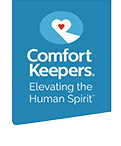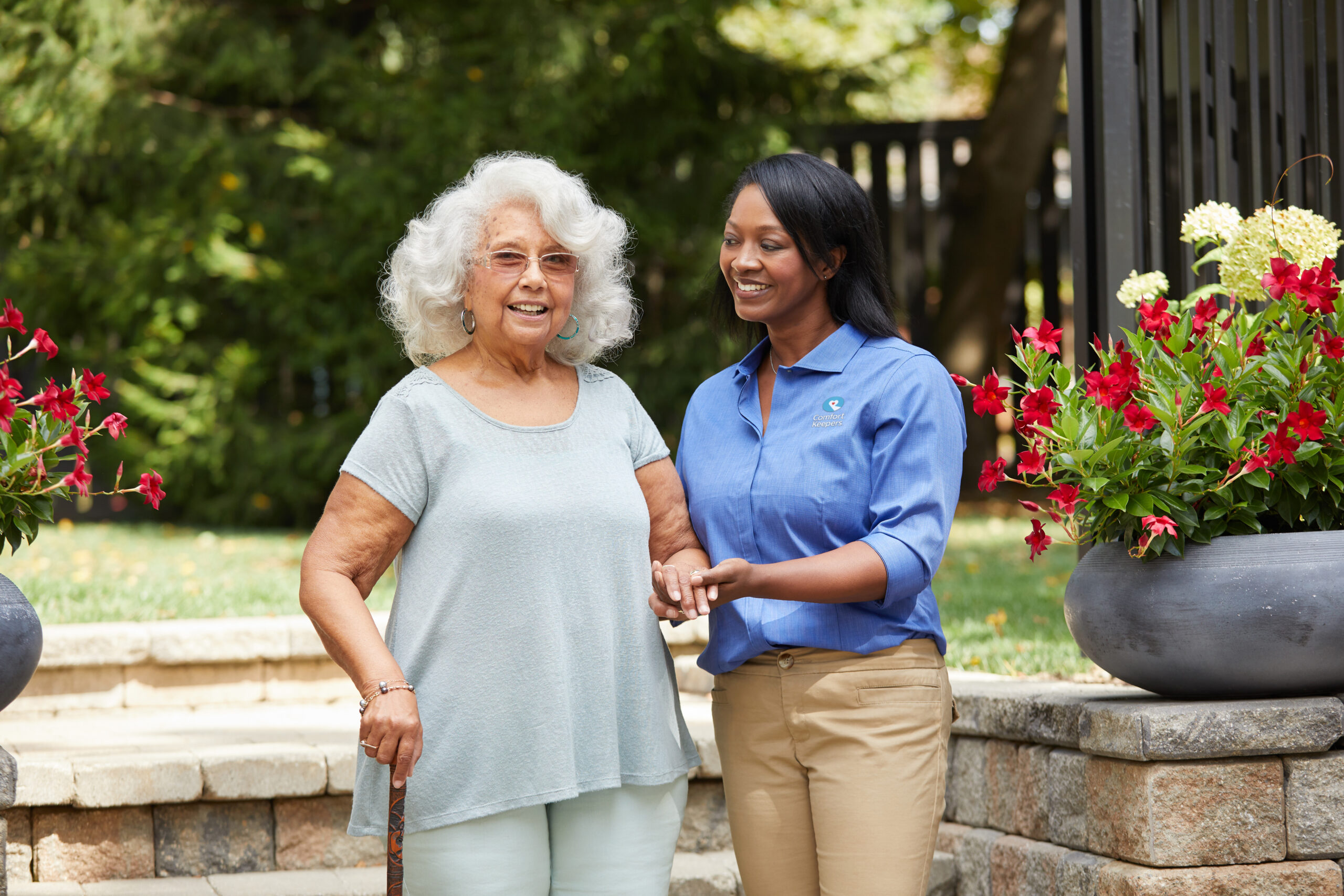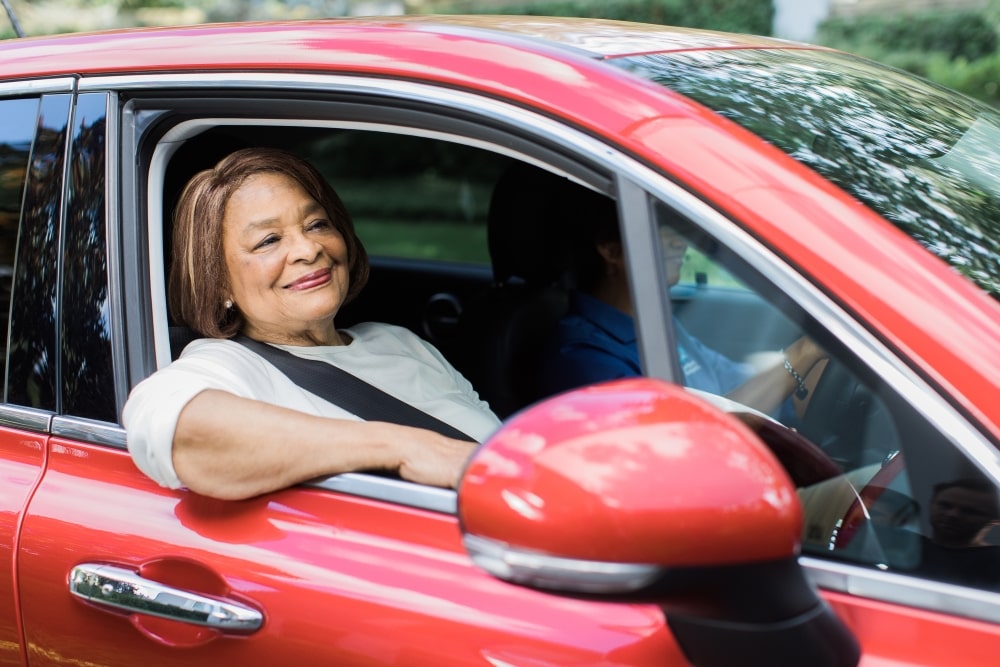Home Care and Managing Gallstones
Home Care Blog>In Home Care | June 22, 2016
Home Care and Managing Gallstones | The gallbladder is an organ in the upper right area of the abdomen. Its job is to help the body regulate, use, and expel the fat and cholesterol that are ingested through food or drink. When we ingest fats and cholesterol, the gallbladder produces a chemical called bile to help the body digest it. Sometimes, when there is too much cholesterol, the body forms it into small undigested balls. These are commonly known as gallstones. These “stones” can be as small as a grain of sand or grow as large as a golfball. Most people have gallstones that cause no pain or issues. Sometimes, however, the stone or stones will block a bile duct or move in such a way as to cause immense pain. Nearly 20 million Americans face gallstone issues each year, but only a million or so end up in the hospital for treatment.
Home Care: Managing and Relieving Gallstones
The main risk factors for gallstones are being overweight, eating many high-fat and greasy meals, being a middle aged woman, or being elderly. Nearly a quarter of seniors will have gallstone issues by age 70. While losing weight is helpful in reducing the risk of gallstones, losing weight too quickly or doing so by missing meals actually increases the risk.
One of the signs and symptoms of gallstones includes a sudden and severe pain in the upper right abdomen. The pain may spread to the right should and back and may be accompanied by nausea, vomiting, fever, and jaundice. Home care providers who notice these symptoms may think your senior loved one is having a heart attack because of the sudden pain in the upper abdomen that spreads to the back and shoulders. While the pain typically goes to the right instead of the left (as a heart attack would), it is always better to be safe since heart attack symptoms are not always standard.
Once the doctor determines that your loved one has gallstones, there are a couple ways of managing them. Many seniors choose to wait and see if the problem will resolve itself. Often the wait and see approach works and the pain will not reappear for months or even years. If pain does persist, the most common cure is laparoscopic surgery. The surgery is common and performed nearly a million times each year in the United States.
If your loved one chooses to wait on surgery, a few home care solutions might help relieve symptoms. These include avoiding greasy meals or even spending a short time on a clear liquid diet. By cutting out the fat and cholesterol, the gallbladder can rest. Even if your loved one is on a diet, meals should not be skipped.
Since obesity is a factor in gallstones, a slow, steady reduction in weight through a proper diet and exercise is a great way to manage and relieve gallstone risks and symptoms. If your senior loved one needs support in this process, at home care providers are there to help.
Individualized Home Care Options
Long-Term Home Care, 24 Hour Home Care & Short Term Care Options Customized for You







